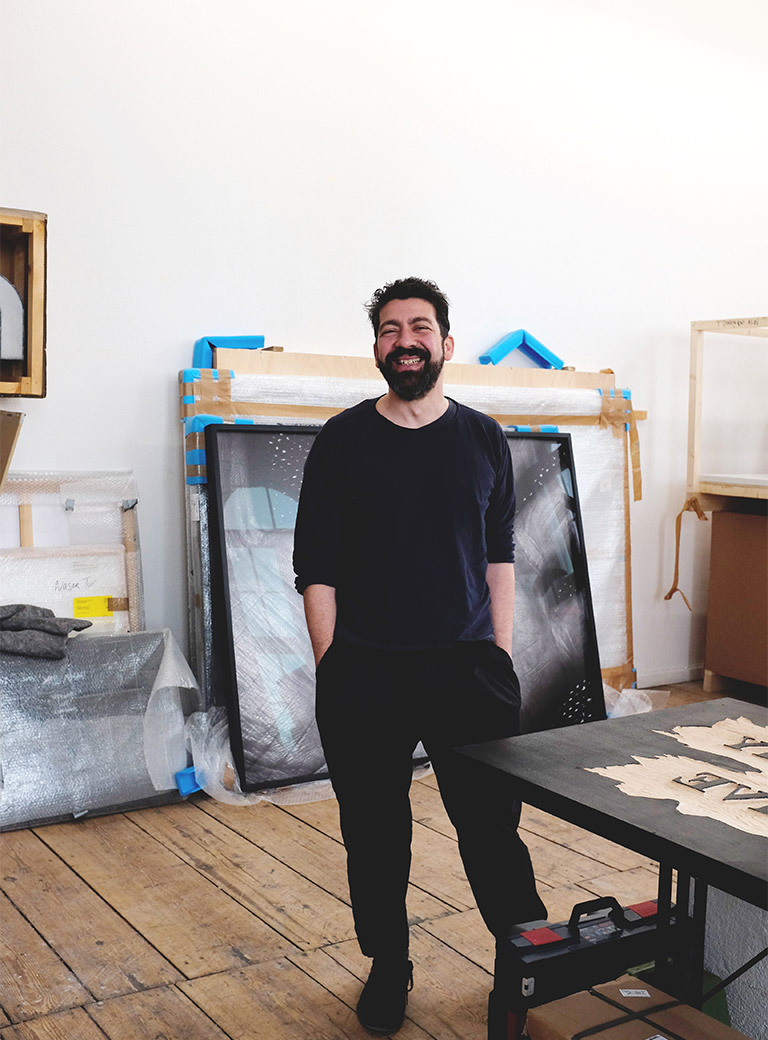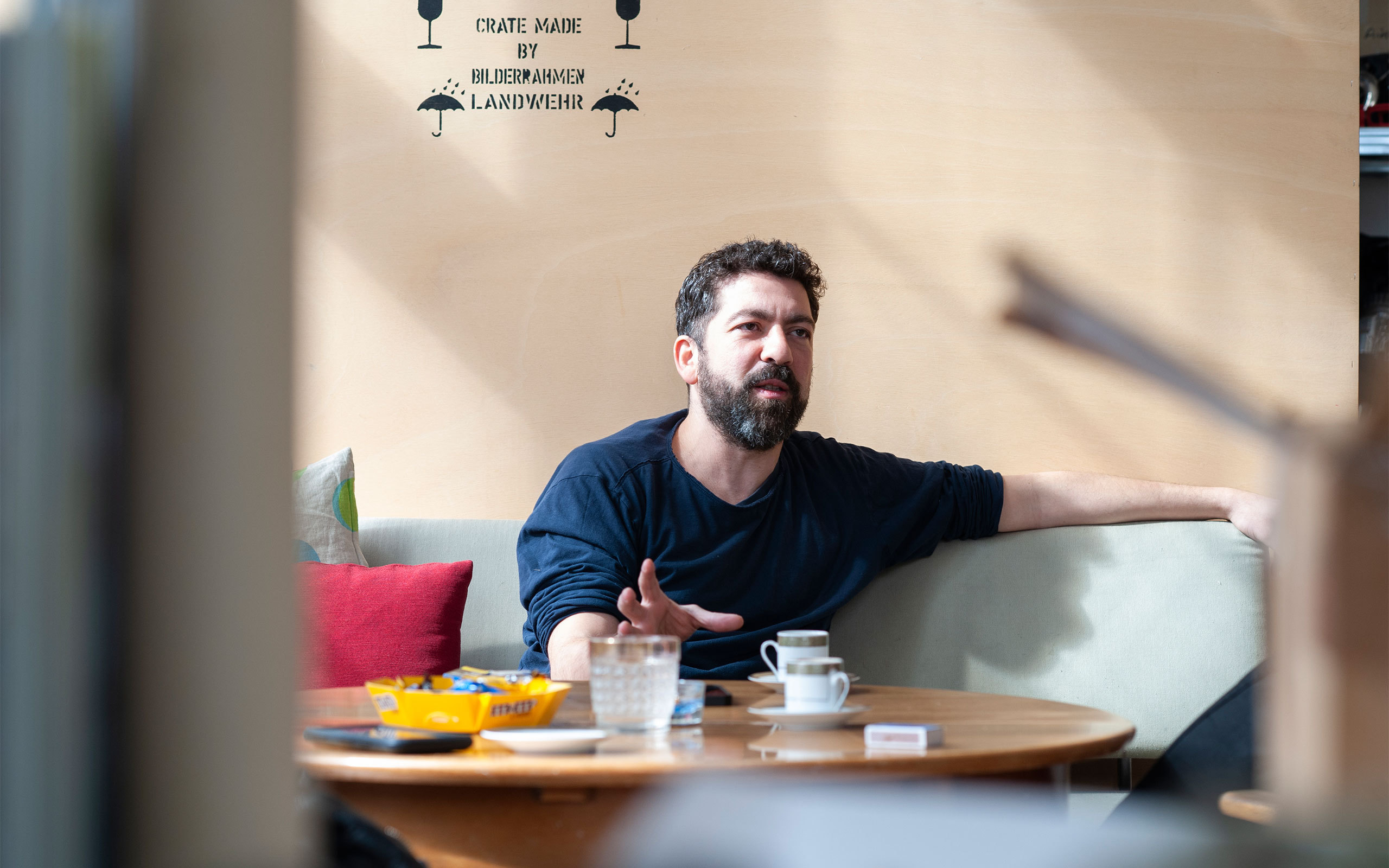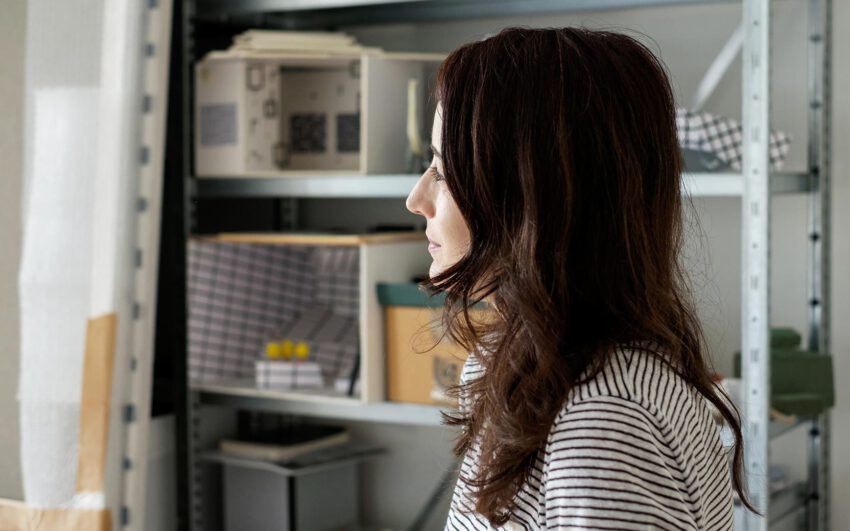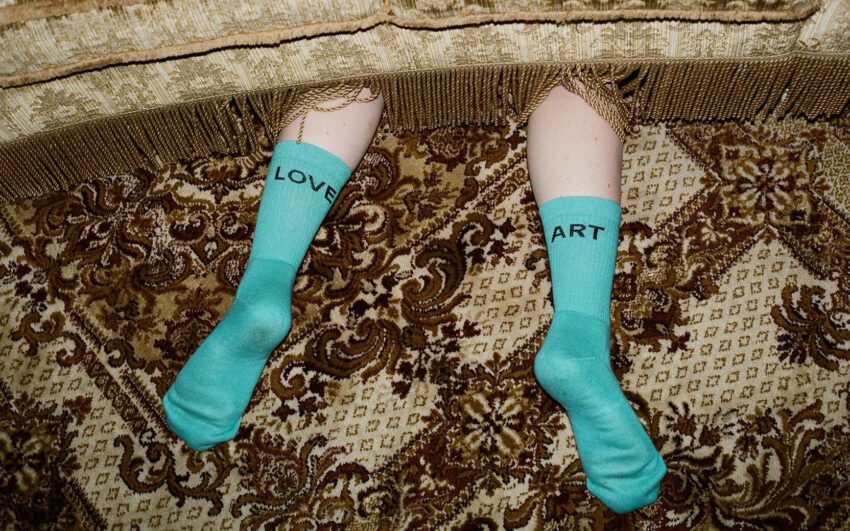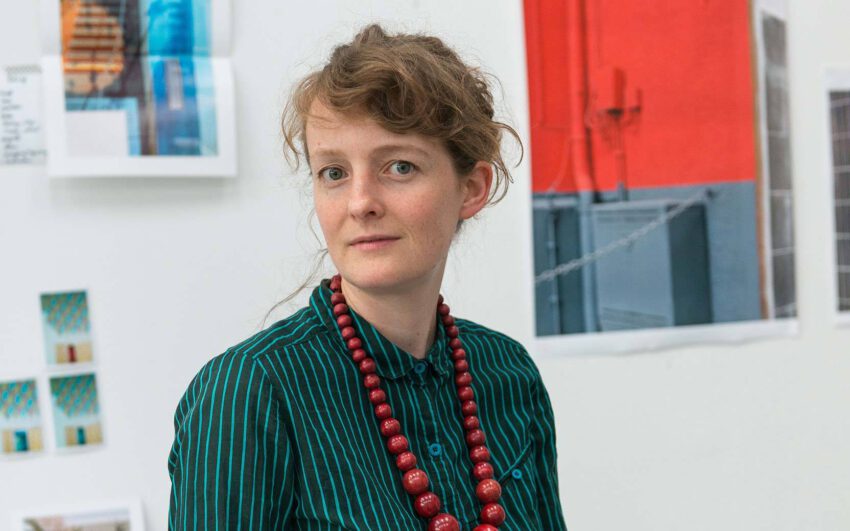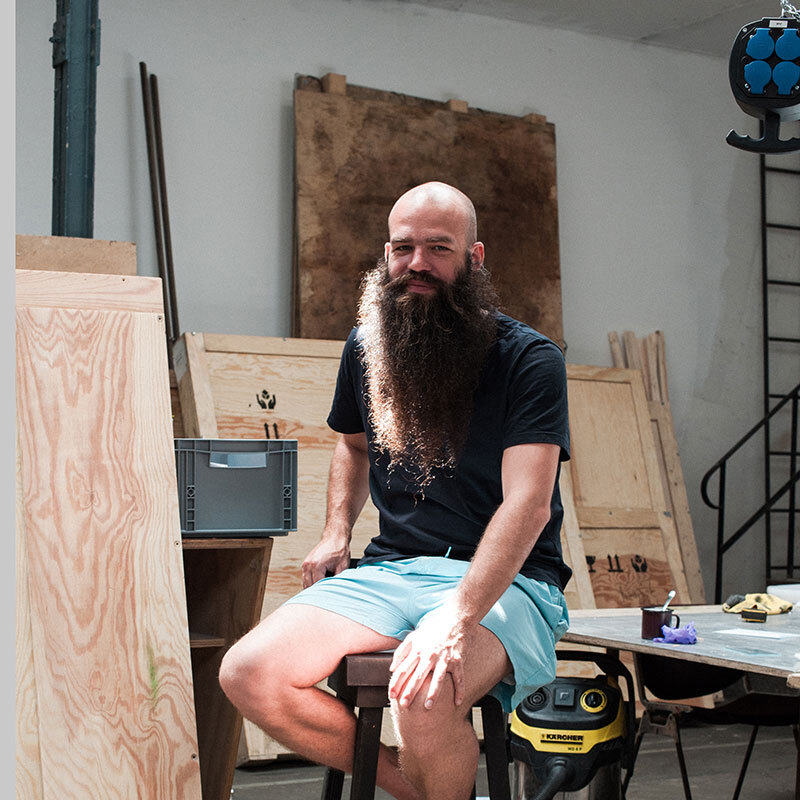In his artistic practice, Berlin-based artist Nasan Tur addresses the tension between self-responsible action and inactivity. He examines existing power structures and questions them. The boundaries of communication, as well as the tentative, or fragile nature of per-ception, are both driving forces behind his practice, and many of the situations that he creates. Today we talk with him about the motivations that led him to become an artist, about the need to be politically active, and about the everyday nature of failure.
Nasan, many of your works are performances on the street or performances to which you invite others. Your Backpacks (2006), for example, are thematically prepared backpacks that visitors can borrow from the exhibition and use to demonstrate or cook in the urban space. What interests you about the public space?
My early works are performances in the public space that do not require an audience. I did them without people recognizing it was a performance. For example, I did somersaults in different cities around the world, or lay down in a puddle. I’ve always been interested in the activism in people. I grew up very apolitical and behaved like it. This certainly has something to do with my socialization as the child of an immigrant worker; my parents always had the feeling that they were merely guests, so they preferred to keep their heads down in order not to attract attention. That changed for me only as an adult through art. I therefore always see art in the context of society. I ask questions like: “In which system do we live? What role does art play within this system? What can art achieve? Can it shape the body of society and be a critical attitude towards what we find?” This is quite an analytical approach.
The Backpacks belong in this context. Ultimately, they are not so important to me as action, but rather because they activate thoughts and offer possibilities. You can borrow them, you can go out on the street with the speaker’s backpack or with the demonstration backpack – but you don’t have to. As soon as the Backpacks are on the street, they are no longer art, but functional objects. It was important to me to create a platform to react to and to act on. My actions are also about questions that the visitor is confronted with: “Do I want to do this at all? Do I have the courage to do that – and also the strength? Do I have anything to say at all?”
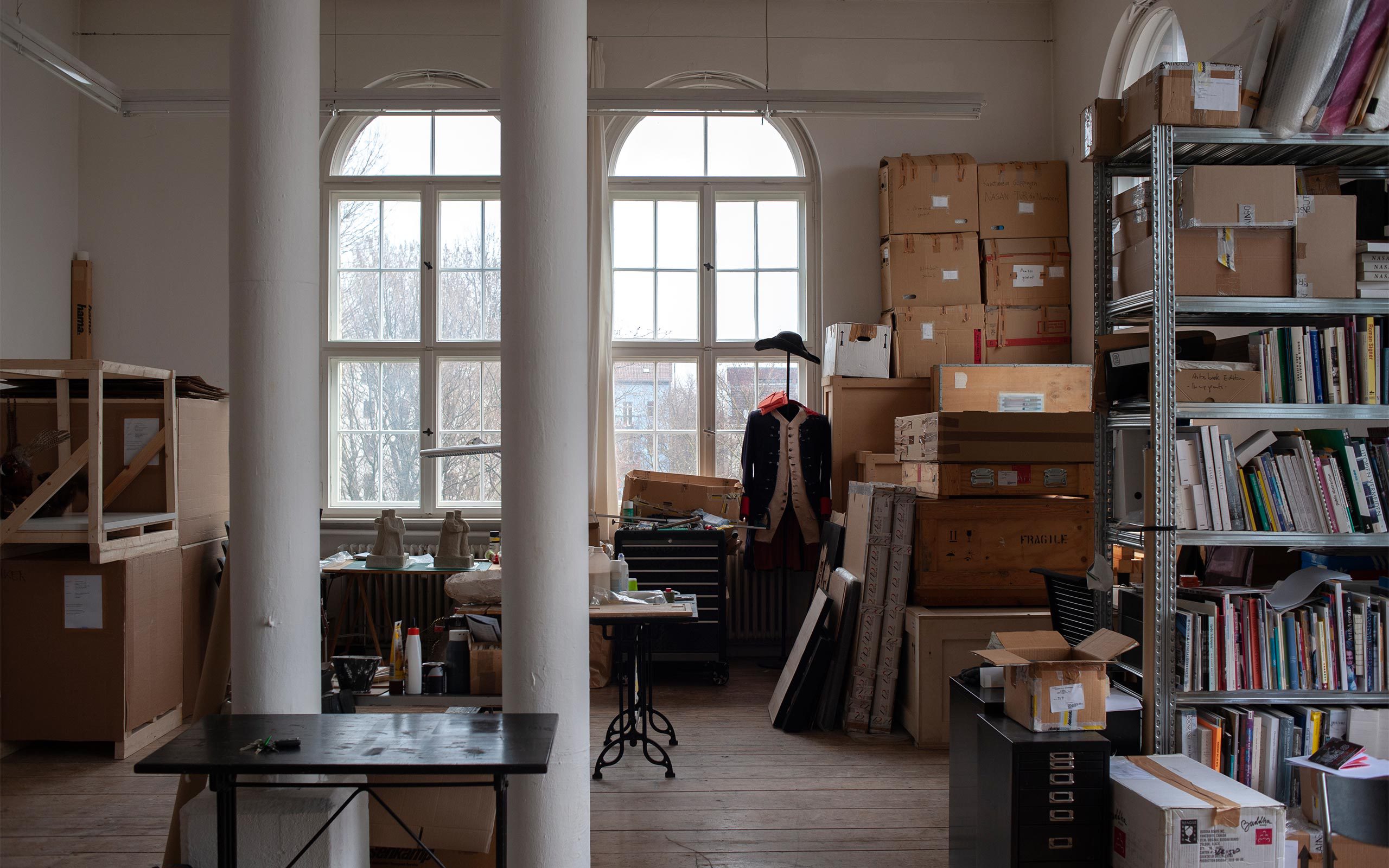
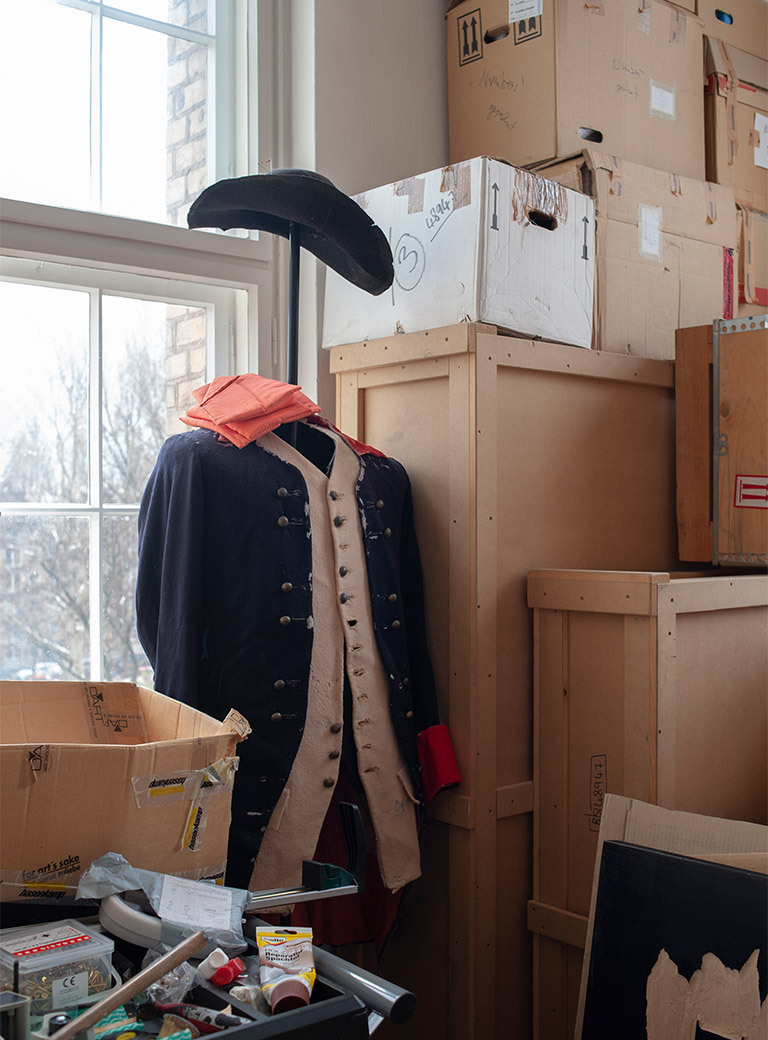
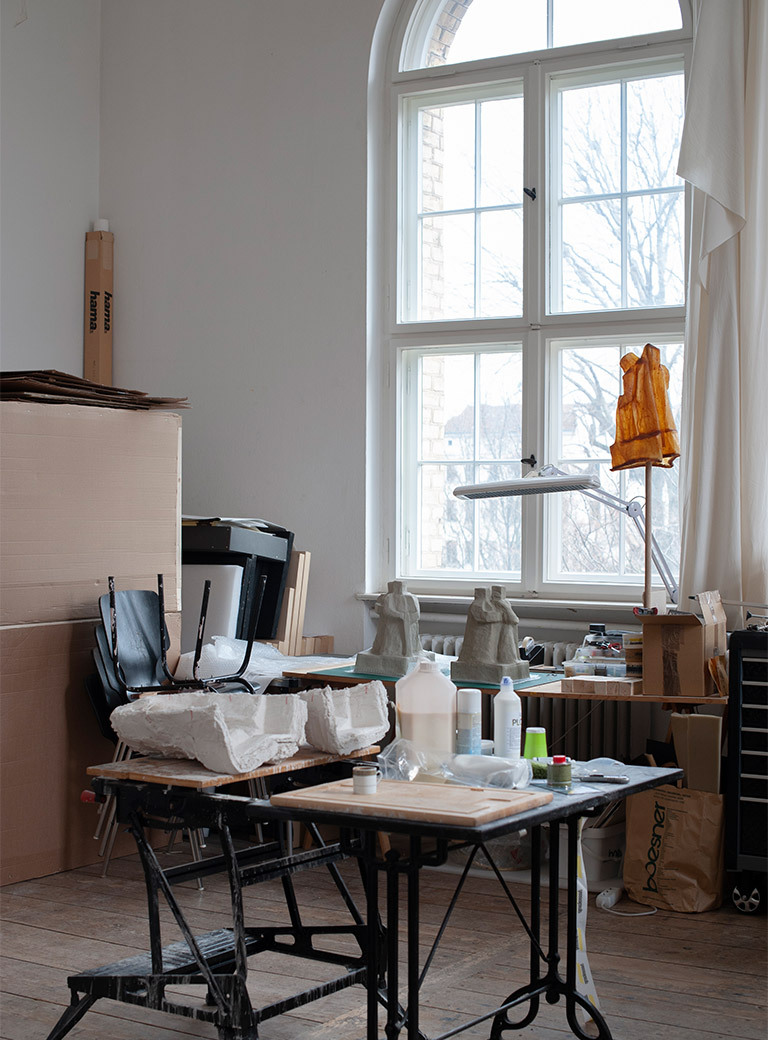
How did it happen that you connected these socio-political questions with art when they were hardly discussed at home? Who introduced you to art?
My sweetheart at the time and now my wife, was very interested in art. And since I was interested in her, I came into contact with art more or less voluntarily and I soon realized that designing and exploring my own themes was something that attracted and challenged me. During my studies at HfG in Offenbach there was an important project for me with the title Larve (larva). The church had invited young artists to work in its spaces. This was at a time when churches were trying to get attention, because especially in cities congregations were dwindling; so, they were looking for alternative concepts to activate their spaces and draw in people. The project developed in this context in the city of Offen-bach which has Germany’s largest proportion of immigrants, with dozens of mosques exist-ing inconspicuously in garages and backyards, while in the city center, the church stood in almost a state of approaching abandonment. I asked myself: “What is a religious communi-ty about?” That led to a singing performance, based on the muezzin’s call to prayer, which I chanted from the church tower across the city several times a day. The whole action got a bit out of control.
Why? What happened?
The reactions were in part quite extreme. My chanting attracted people to the place, people with whom until that time I had no experience: Satanists, fundamentalist Christians, street-provocateurs! There were verbal and physical attacks, police operations and political pressure from the mayor to stop the action, but there were also many positive, loving, and interested reactions. People came and sang together with me in many languages from the church tower. The press and television were present and the entire event turned into a bit of a spectacle. I was completely overwhelmed, but the whole thing affected me. After the project I decided to become an artist. It was a very clear decision, without a Plan B; I really wanted to be an artist. In retrospect this decision was very important, it gave me focus and left no room for compromise.
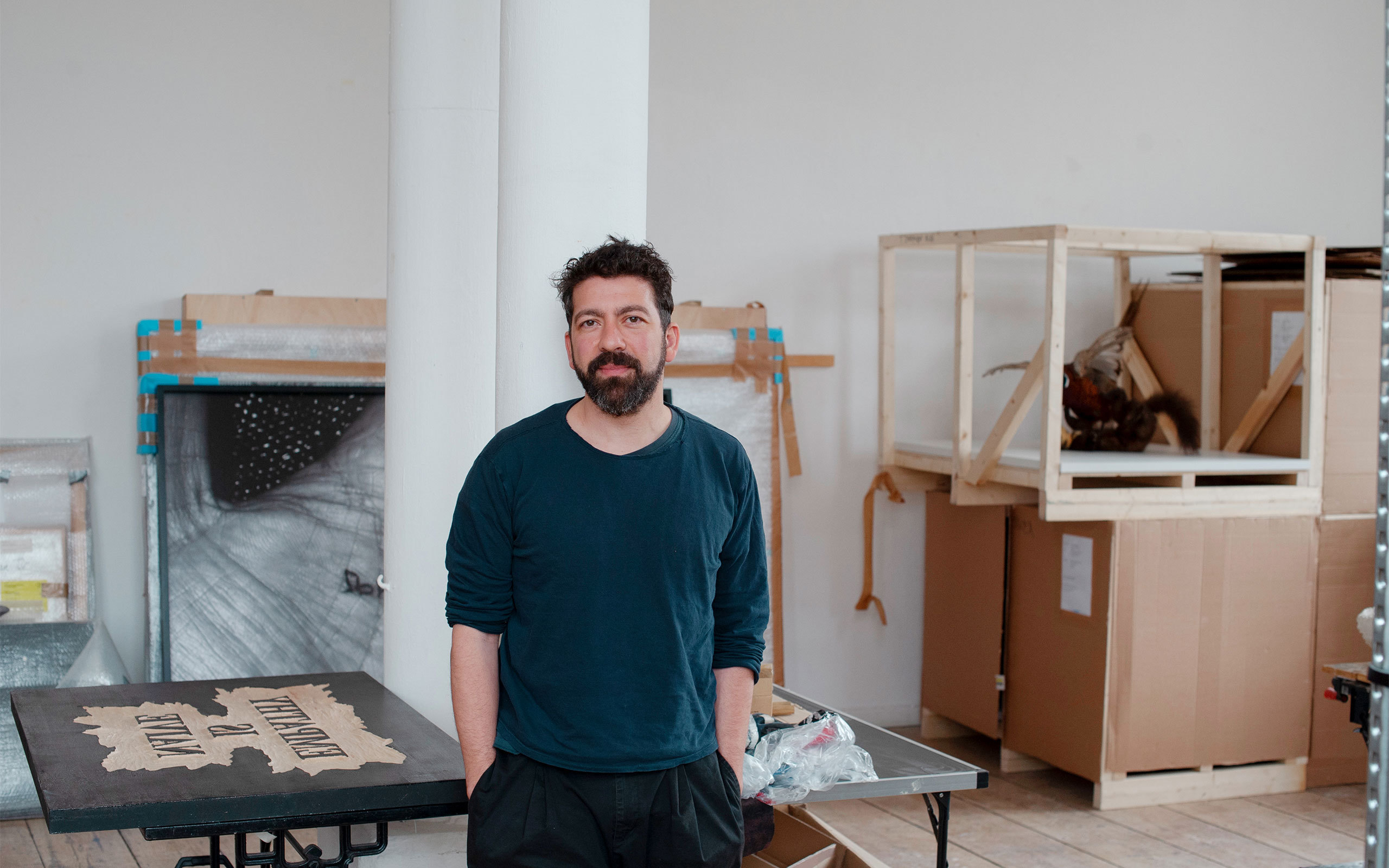
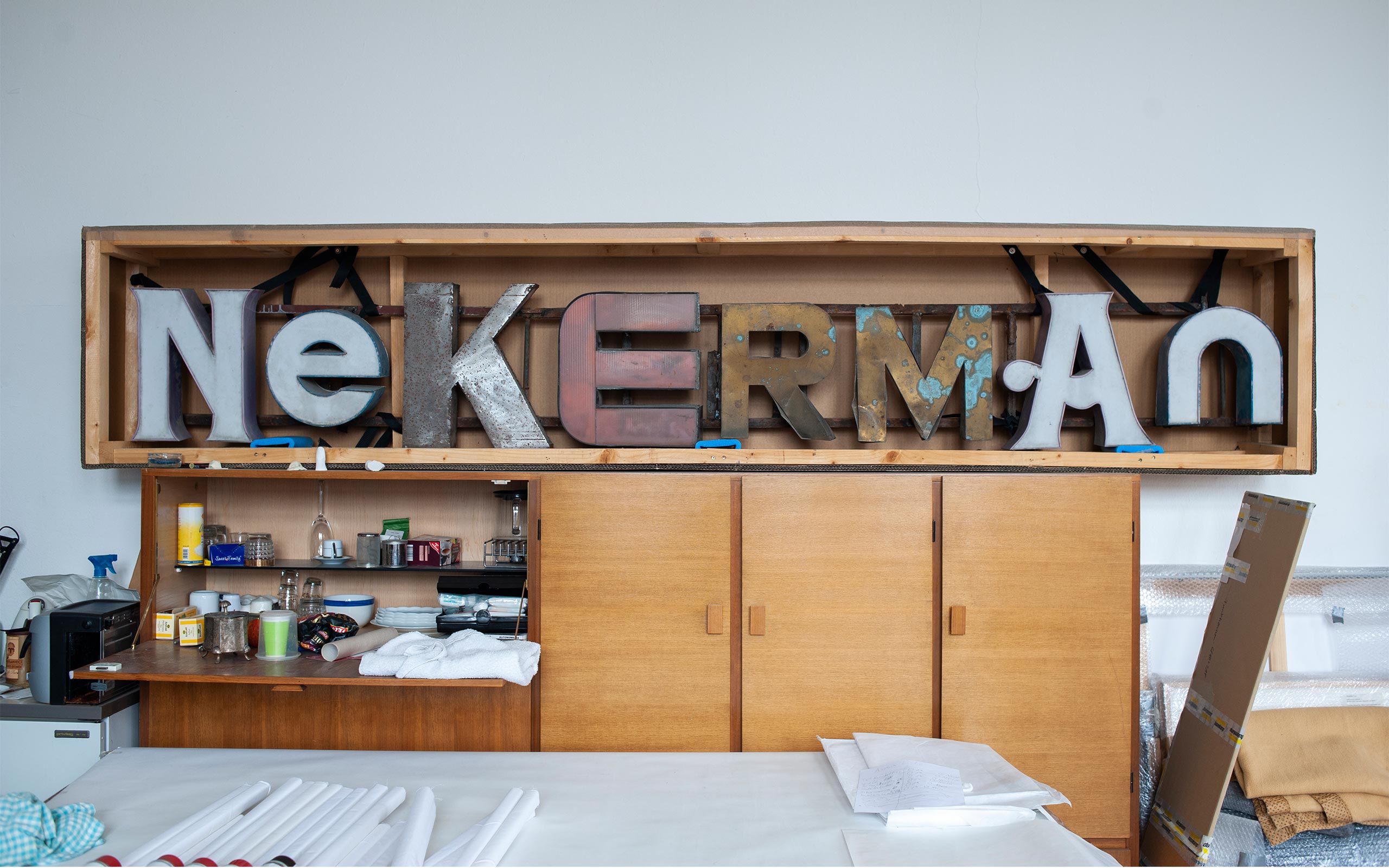
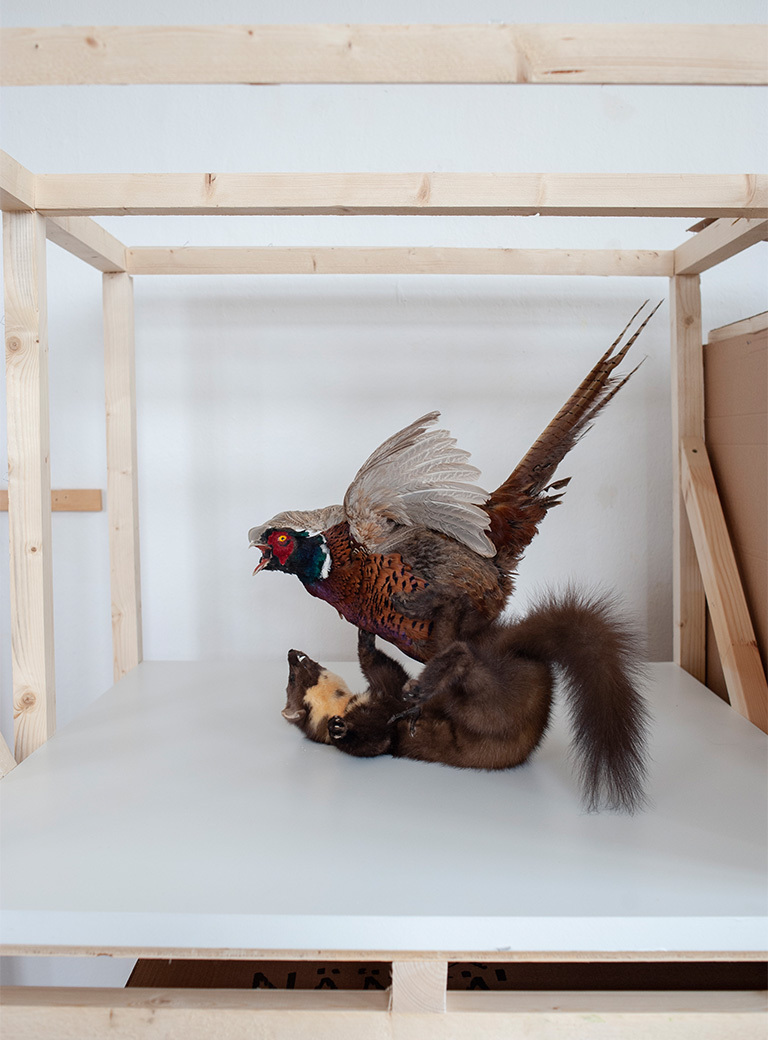
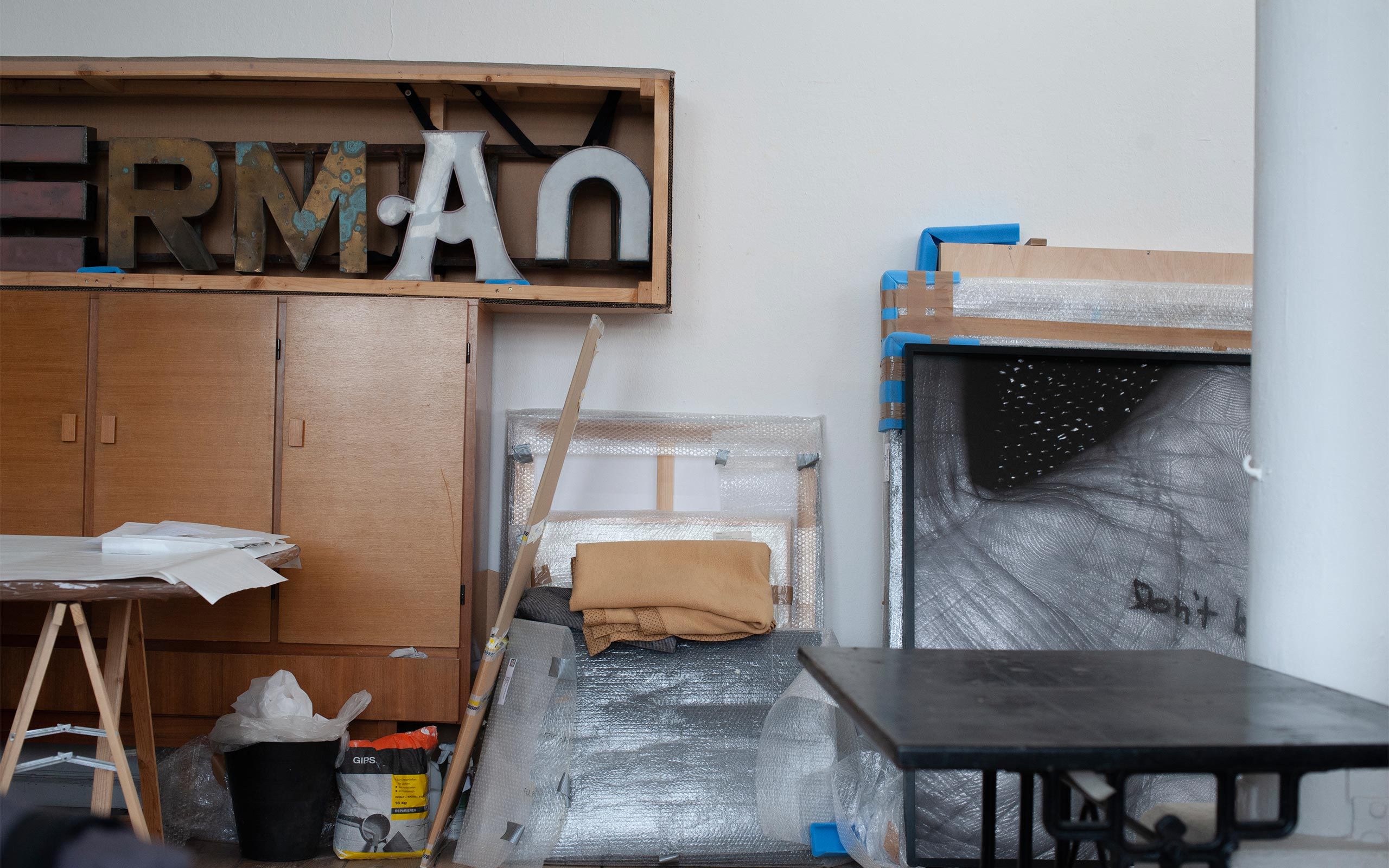
Another piece where you also work in the urban space is City says... (since 2008). You collect words found in cities, spray over the images creating a new image. Why are you interested in collecting these words and writing them on top of each other?
It is an action and, at the same time, a reaction to the actions of others that have preceded it. The population of a city uses the façades of a city, i.e. its face, as a platform for their ideas and thoughts. Everything that moves a society can be found on these façades. I therefore see my work as a kind of readymade, because I don't change the content of the lettering. A person consciously decides to perform an illegal act in the public space, probably at night, secretly, looking to the right and to the left to make sure nobody is approaching, they begin to spray-paint a façade – which is a very explicit act. In my performance it is also an emotional act, because I take on this role and bring exactly this one example of graffiti back to the wall. In a performative act I have sprayed all the façades I’ve collected in the three to four weeks as I walked through a city onto one and the same wall. For me these works, which had been created in such diverse cities as Ljubljana, Vienna, Istanbul, Belgrade, and Thessaloniki, are a sort of city portrait, but they are also explicitly related to the zeitgeist of the moment I made them. Something I found on a façade in Berlin in 2013 will probably be overpainted or replaced by another graffito example in 2019. Graffiti always reflects the zeitgeist in which people find themselves and are constantly changing, so the work is always just a snapshot.
Language is also an important point of departure for your works in other places. In Versionen von Kapital (Versions of Capital, 2013) you had a computer determine approximately 41,000 variations of the spelling of "capital", which sound phonetically like "capital". Of these variants, you drew several hundred determined using a random word generator.
Actually, the random selection aspect goes even further. Not only do I not decide freely which work I do, the collector too cannot freely decide which work they can buy. A picture is assigned to the collector randomly using a digital based random selection generator. The collector can then decide whether to buy it or not. The gallery is also subject to certain restrictions; each work costs 1,000 Euro, the gallery may not increase or reduce the price. The content of the work is very complex. I'm not so much interested in transformation, but rather in the question: "What does capital actually mean? In the end, it's also an idea to ob-tain as much capital as possible from the word capital. Many levels are important for me, such as the question of the role of the artist. This ranges from the understanding of the artist as a genius and image creator to the one who only executes decisions made by others, in this case by a computer. At the moment of the signature, the work suddenly regains its economic value. Theoretically, there could be 41,000 works, would they still be considered unique specimens, or would it be considered an edition? Then again one wonders whether the artist could make 41,000 copies at all. I calculated that once. It would take me over 12 years if I worked ten hours a day on it every day. But theoretically it would be possible. Another capital aspect: the fixed price would make it possible for almost anyone who wished to do so, come into possession of such a work.
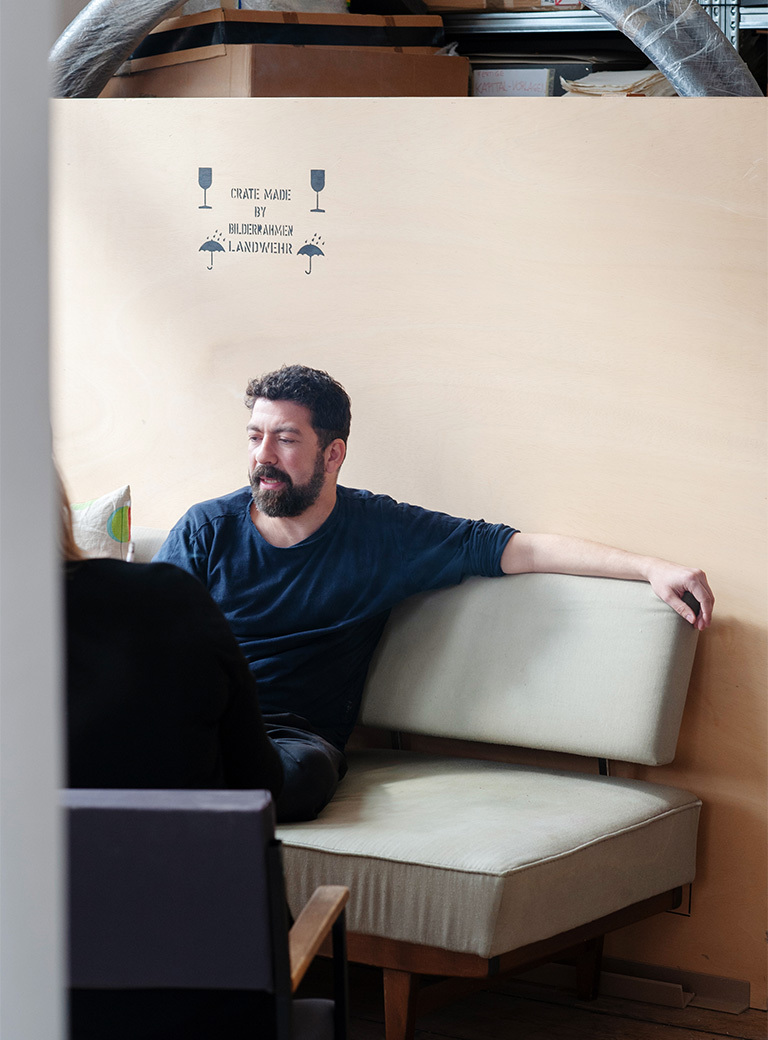
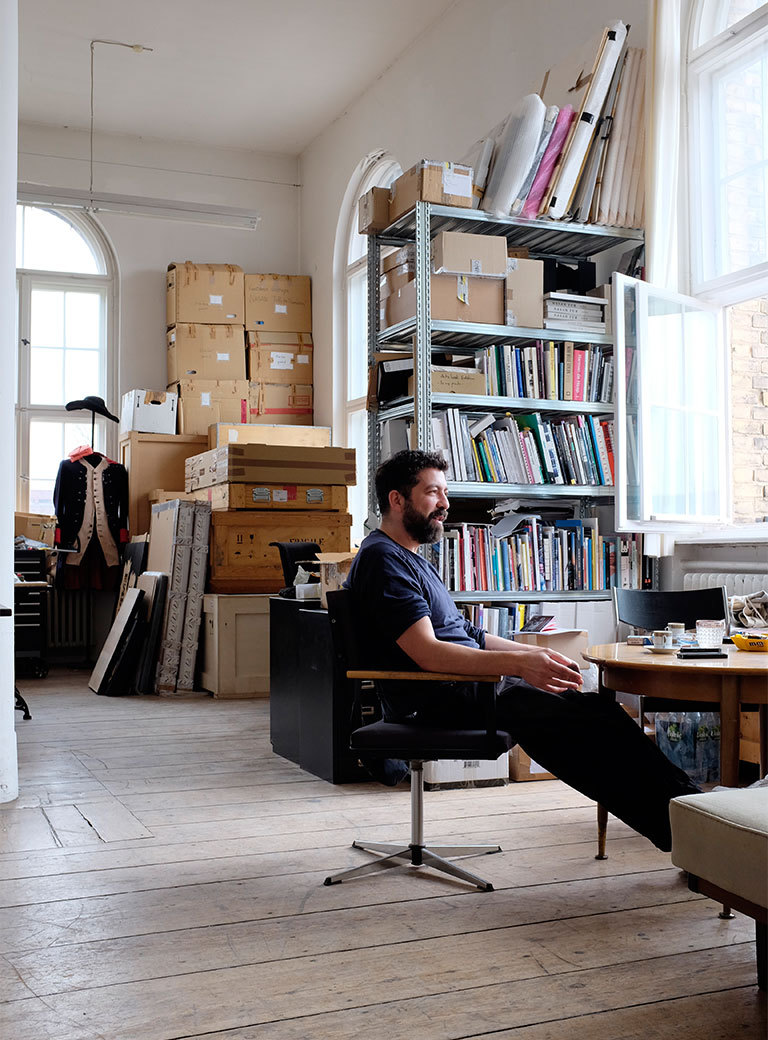
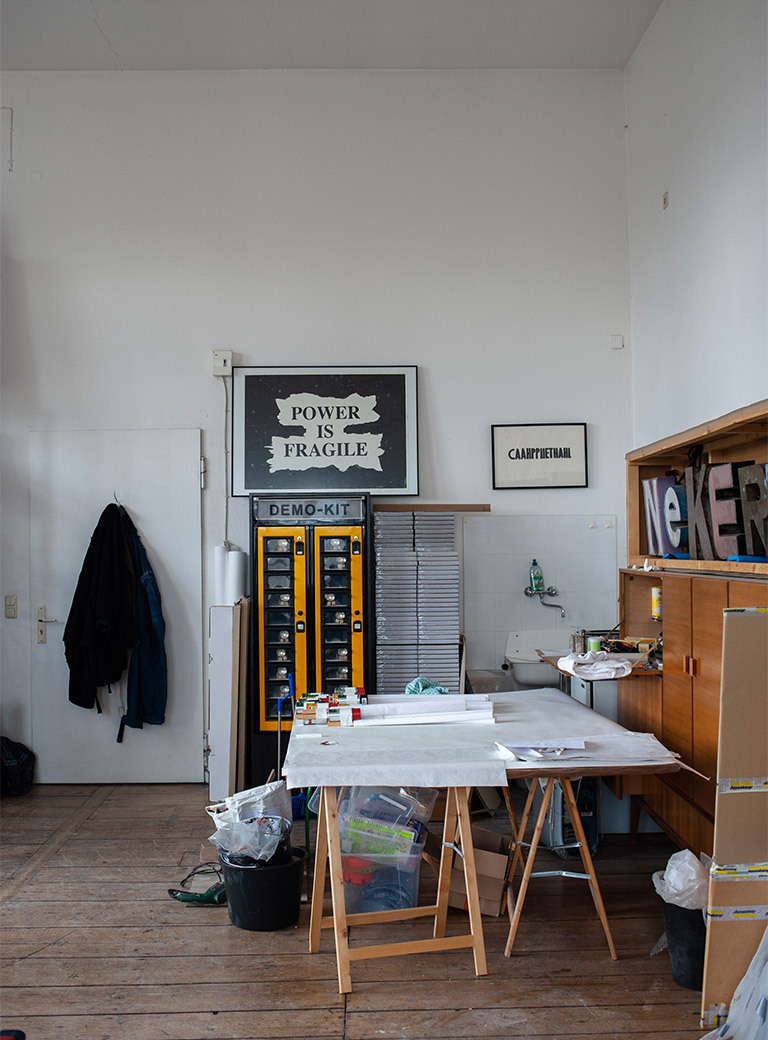
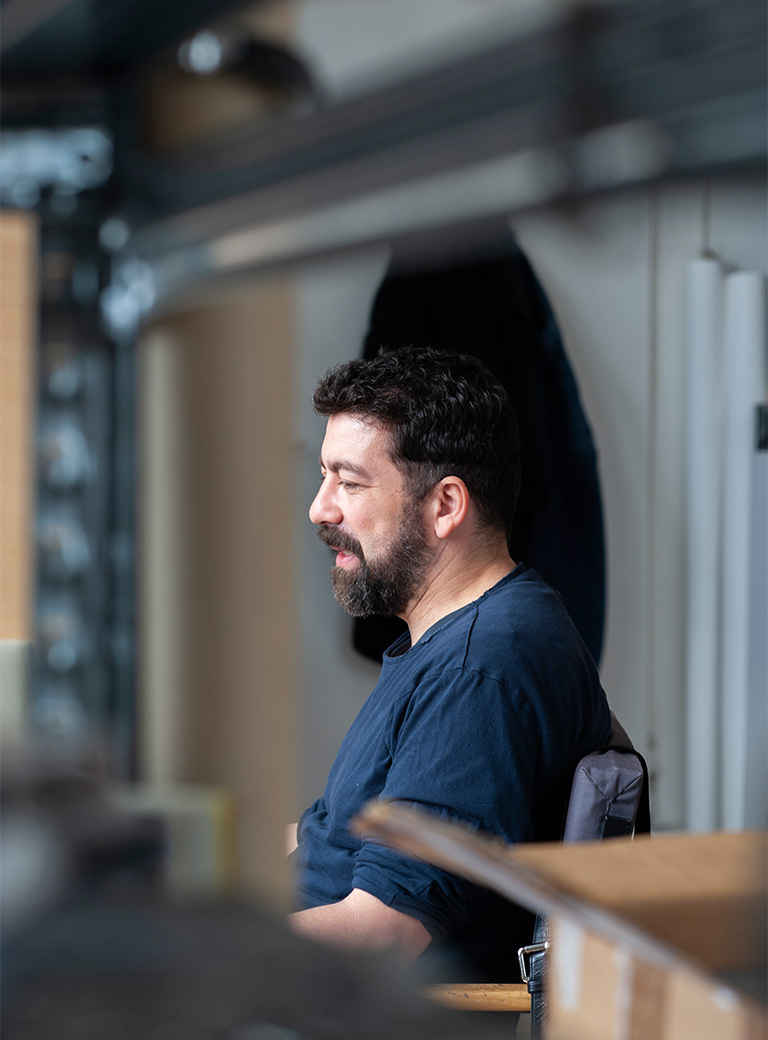
Many of your works deal with the behavior of the individual. You observe human reactions, e.g. in your video work First Shot (2014), in which people shoot with a weapon for the first time. What interests you about the behavior of others?
I am particularly concerned with the behavior of the individual in a particular situation. First Shot is a special work based on a very violent experience for me. Then the question arose for me: “What situation would we actually have to face ourselves in order to move from non-violent action to violent action?” “At what moment are you the one who takes the stone and smashes the skull of the other and possibly kills him?” This turning point interested me. Every day we read about people who die in violent situations. I was interested to change the state of people with this project and the platform I created for it. From someone who has never fired a gun before, to someone who can never say again that he has never fired a weapon before. The shot itself is not the focus of my attention.
Do you consider yourself a “political artist”?
Of course, I'm political. I am a political person, not just a political artist. I think politically, my commitment is political. Perhaps not in political parties, but in relation to being a critical voice within the political confusion in which we find ourselves, and also to taking a stand through my artistic work. That doesn't mean that as an artist you have to say which party or agenda is right or wrong. It always depends on how you position yourself as a human being. In all my works, including my current work Agony (2018), I'm concerned with the social body. Agony is a strongly metaphorical work and a kind of expression of resistance, a “not wanting to accept” given laws. In this case, the dove triumphs over the falcon in the agony of dying, the fawn over the fox, and the goat over the lynx. This way, images are created that encour-age people not only to conform within systems, but also to resist in order to change the sys-tem. I am always interested in an anthropological and sociological approach. “How do we live? How do we reflect?” This happens from a point of view that is clearly critical. And this critique means nothing other than being political. We live in Germany, there is no war here. We live here like maggots in bacon, even if you have little money, you live relatively well and don't have to fear for your life, here unlike in many other parts of the world, I don’t im-mediately get locked up if I do a critical artwork; here I act from a very privileged position, and I am aware of that.
Your first monograph is titled failed, the cover shows your work In my Pants (2015), in which you urinate in your pants on camera. What fascinates you about failure?
This confrontation with failure, I think, has a lot to do with self-doubt and the self-critical attitude I take towards myself. It is not that I want to suggest in my work that I know better than others, something that others don’t, or that I have a pedagogical claim. But I think that when you work artistically, you have to ask yourself: “Why do you do what you do? It's no fun to fight your way through hundreds of thousands of war photographs, as in the work Clouds, for example. There is an inner urge in me to have to confront the themes that I find unpleasant and demanding, and not to go the easy way, neither in content nor formally in relation to the art market. I try to be as truthful and honest with myself as possible. With all my weaknesses and my failures.
